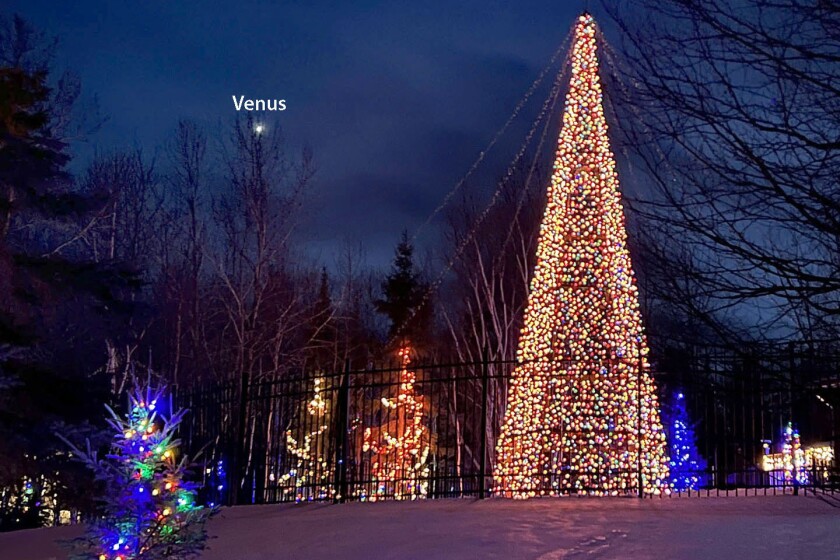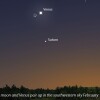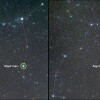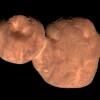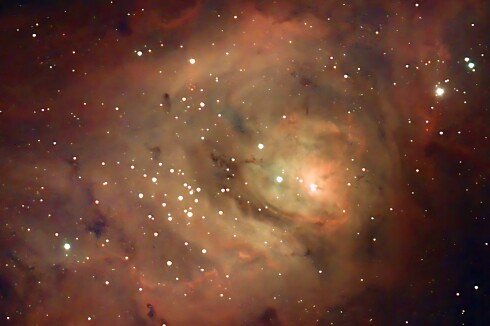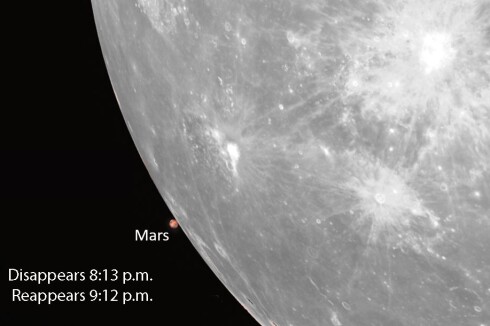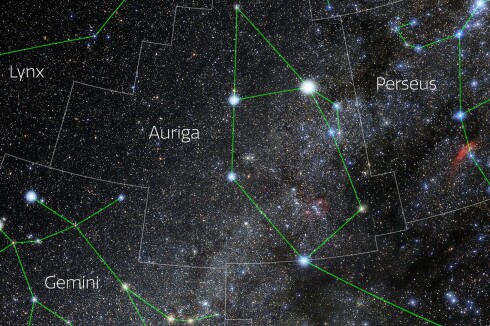Winter is my favorite season. I like the brooding weather, low sun and long nights for stargazing. It's so easy to bring the telescope out after dinner, poke around the planets for an hour and then go back inside to warm up.
Although the Winter Solstice and early Christmas may be the darkest time of the year with the least amount of daylight, the sun has "turned a corner" and is now headed back north in the sky. Every hour that passes, it climbs a smidge higher. Need more light? You can't do better than the winter stars. There are more bright luminaries this season than any other, plus four gleaming planets. Venus and Saturn shine in the southwest at dusk and Jupiter and Mars in the northeast.
ADVERTISEMENT
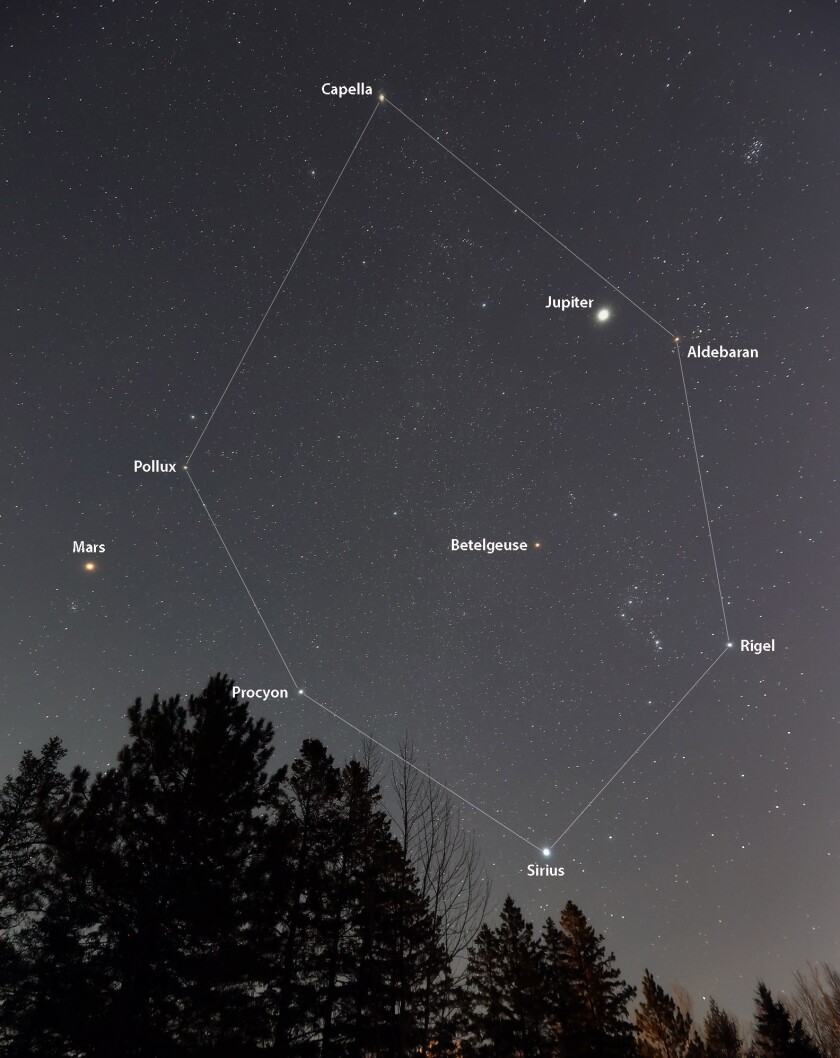
Jupiter and Mars add to the glitter of the Winter Hexagon, a pattern of six bright stars visible across the eastern and southeastern sky starting around 10 p.m. local time in late December. From brightest to faintest they are Sirius in Canis Major, Capella (Auriga), Rigel (Orion), Procyon (Canis Minor), Aldebaran (Taurus) and Pollux (Gemini).
Even though it's not part of the figure, we'll add Betelgeuse to the bunch because it's in the neighborhood and too bright to ignore. Sirius is the closest of the seven at 8.6 light-years, while Rigel is 100 times farther away at 860 light-years.
Light travels at the prodigious speed of 86,000 miles per second through outer space. But there's so much space between even the closest stars and our solar system that it takes years for that light to reach our eyes. Procyon is 11.5 light-years from Earth, so the light we see tonight left the star 11.5 years ago in 2012. Starlight is like aged wine — the more distant the object the older the radiance we see.
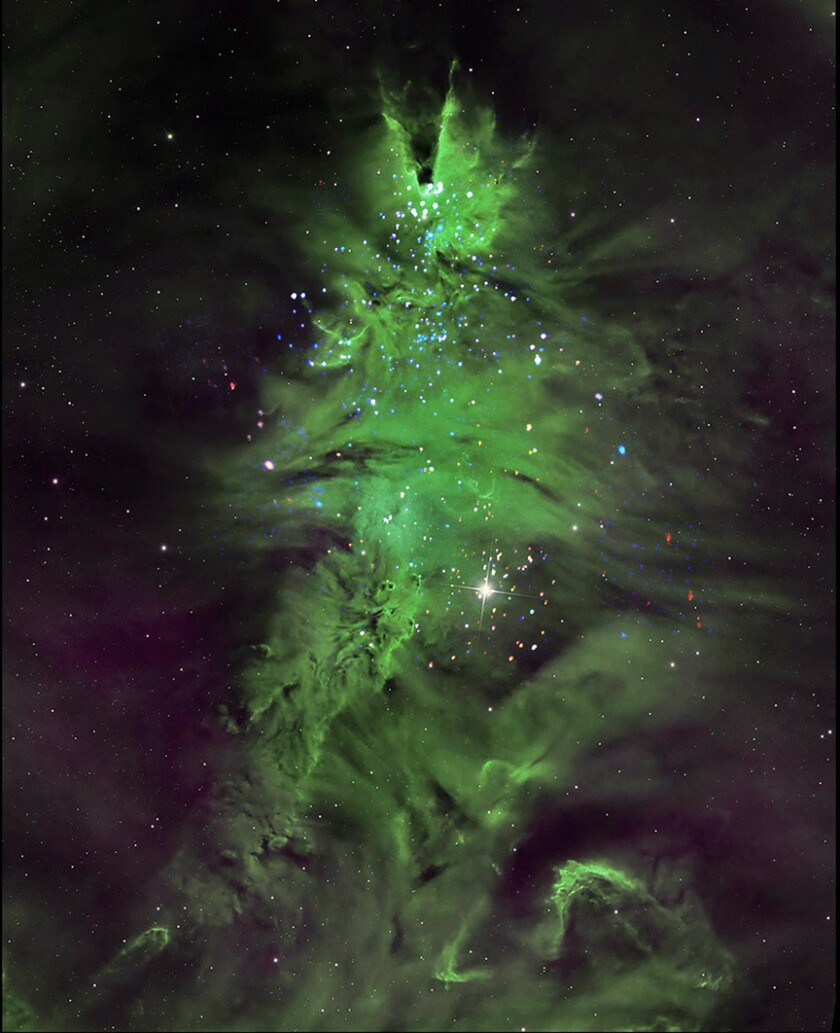
When you're out the next clear night working your way around the Winter Hexagon and vicinity, this list will help you appreciate the distance of each of its members. It shows the approximate year — or minutes in the case of the planets — that light left the seven bright stars we see tonight. Their distances in light-years are shown in parentheses.
Sirius — 2015 (8.6)
Procyon — 2012 (11.5)
Pollux — 1990 (34)
Capella — 1981 (43)
Aldebaran — 1959 (65)
Betelgeuse — 1384 (640)
Rigel — 1164 (860)
Jupiter — 34 minutes ago
Mars — 6 minutes ago
Happy time-traveling this holiday season!

